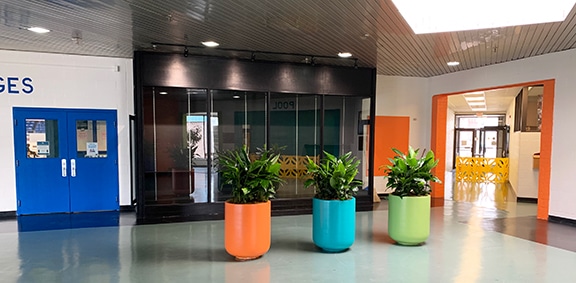Biophilia is the innate tendency of humans to seek connections with nature and other forms of life. The concept of biophilia in the workplace refers to the integration of natural elements, such as plants and natural light, into the design and architecture of the workspace. While there are potential benefits to incorporating biophilic design into the workplace, there are also some potential drawbacks. Here are some of the pros and cons of biophilia in the workplace:
Pros:
- Improved well-being: Biophilic design has been shown to improve well-being by reducing stress levels, increasing productivity, and enhancing mood. Exposure to natural elements has been linked to decreased blood pressure, improved concentration, and reduced symptoms of depression.
- Enhanced creativity: Incorporating natural elements into the workplace can stimulate creativity and inspire innovative thinking. Studies have shown that exposure to nature can increase cognitive flexibility and enhance problem-solving skills.
- Increased job satisfaction: Creating a biophilic workspace can improve job satisfaction by creating a more pleasant and relaxing environment. A more aesthetically pleasing workspace can also improve employee morale and increase job loyalty.
- Environmental benefits: Biophilic design can help reduce the carbon footprint of a workspace by incorporating sustainable materials, reducing energy consumption, and promoting environmentally friendly practices.
Cons:
- Cost: Incorporating biophilic design into a workspace can be expensive. The cost of materials, design, and construction can be prohibitive for some businesses.
- Maintenance: Natural elements in the workplace require maintenance, including watering plants and cleaning up leaves and debris. If not properly maintained, natural elements can become unsightly or even hazardous.
- Allergies: For some employees, exposure to natural elements such as plants or flowers can trigger allergies or other health issues.
- Space limitations: Biophilic design may not be practical for all workspaces. Some workplaces may have limited space, limited access to natural light, or limited ventilation, making it difficult to incorporate natural elements.
In conclusion, biophilia in the workplace can have a range of potential benefits and drawbacks. Before deciding to incorporate biophilic design into a workspace, businesses should carefully consider the potential costs, benefits, and limitations of this approach.

